As the core equipment of industrial precision slitting, the slitting machine has continuously broken through the limits of efficiency, precision and intelligence through technological innovation in recent years. The following are the latest technologies and future development trends of the current slitter function upgrade:
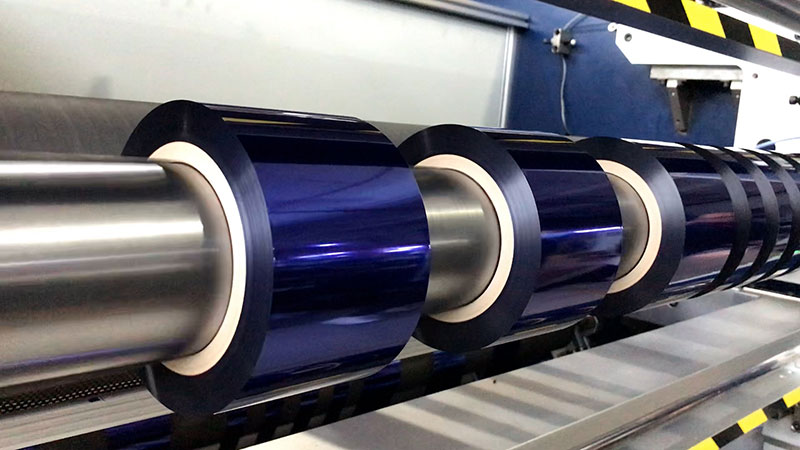
First, the direction of core technology upgrading
1. Intelligent control and AI integration
• AI optimizes slitting parameters
Analyze material properties (such as tension changes, thickness fluctuations) through machine learning, automatically adjust slitting speed and tool pressure, and reduce test loss (e.g., lithium battery separator slitting yield increased to 99.5%+).
• Visual inspection systems
Equipped with a high-resolution CCD camera, it can detect the quality and defects of the slitting edge in real time, and automatically mark or reject defective products (commonly used in the production of optical films and copper foils).
• Predictive maintenance
Use Internet of Things (IoT) sensors to monitor tool wear, bearing vibration and other data to warn of failures and reduce downtime.
2. Ultra-high precision slitting technology
• Nano-scale web guiding system
Laser or photoelectric deviation correction device is used to dynamically adjust the position of the material (accuracy ±0.05mm) to meet the needs of ultra-thin materials such as semiconductor packaging film.
• Air flotation slitting knife holder
It reduces the mechanical contact friction between the tool and the material, avoids thermal deformation, and is suitable for heat-sensitive materials (e.g. PETG film).
3. High-efficiency drive and energy-saving design
• Magnetic levitation slitting technology
Through magnetic levitation, the cutter can be driven without contact, the speed can reach 1500m/min, and the energy consumption is reduced by 30% (such as a high-speed slitting machine of a German brand).
• Energy recovery system
The braking energy is converted into electrical energy and fed back to the grid, which meets the green factory standard.
4. Modular and multi-functional integration
• Multi-process integration
The slitting machine integrates coating, die-cutting, labeling and other functions (such as in-line production in the label industry) to reduce material turnover.
• Quick changeover system
The time to change product specifications is reduced to less than 5 minutes by means of hydraulic locking or automatic tool change by robot.
Second, application cases of cutting-edge technologies
1. Digital Twin
◦ Virtually simulate the slitting process, optimize the toolpath and tension parameters, and reduce the cost of physical debugging (e.g., pre-validation of automotive film slitting schemes).
2. Ultrafast laser slitting
◦ UV/femtosecond laser replaces traditional mechanical knives for stress-free cutting of brittle materials (e.g., glass fiber, carbon fiber) with burr-free cuts.
3. Adaptive tension control
◦ Based on the fuzzy PID algorithm, it dynamically compensates for the elastic deformation of the material, especially suitable for ultra-thin metal foils (such as 6μm lithium battery copper foil).
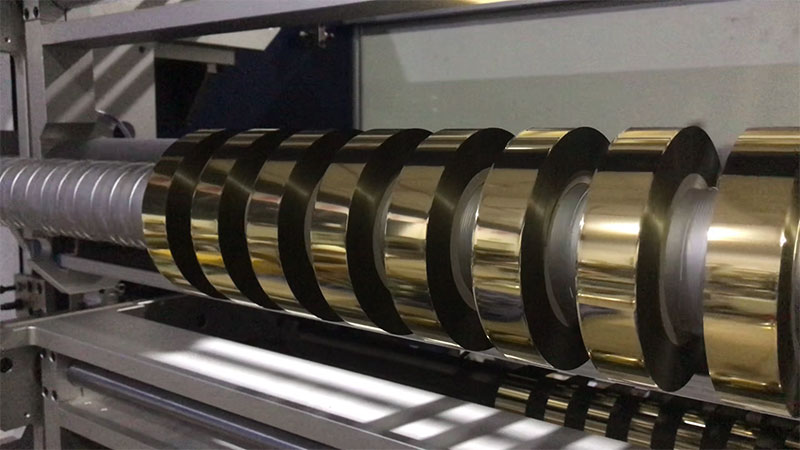
Third, the future development trend
1. Fully automated unmanned workshop
◦ The slitting machine is linked with AGV and automatic storage system to realize the unmanned whole process from raw material feeding to finished product sorting.
2. Green manufacturing upgrade
◦ Biodegradable material, compatible tools, low-noise design (< 65dB), as well as an online scrap recycling unit.
3. Cross-industry integration and innovation
◦ Drawing on semiconductor wafer dicing technology, we developed ultra-precision slitting solutions for flexible electronics (OLED screens) and hydrogen fuel cell proton membranes.
4. Cloud collaboration and remote O&M
◦ Global equipment status monitoring through 5G+ cloud platform, and remote fault diagnosis by expert system (e.g., application of multinational film production group).
Fourth, industry pain points and breakthroughs
• Challenge: Ultra-thin (< 2μm) fracture control during material slitting and interlayer separation of composite materials.
•Solution:
◦ Development of micro-tension control system and electrostatic adsorption guide rollers.
◦ Plasma pretreatment is used to enhance material edge stability.
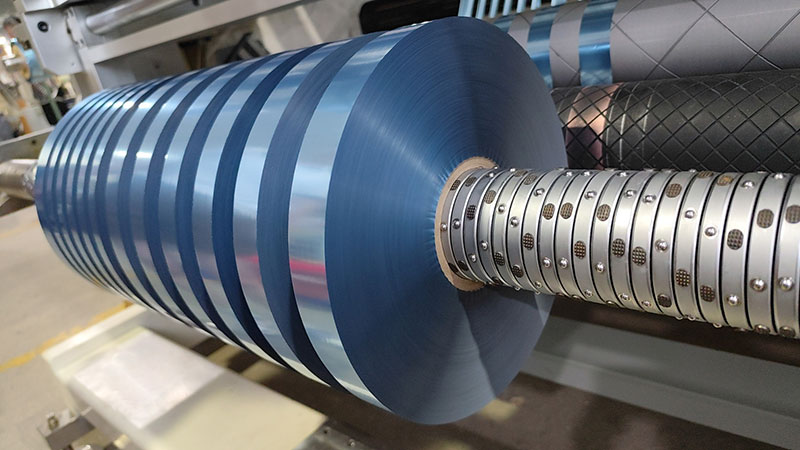
Fifth, typical application scenarios
• New energy field:
The pole piece slitting machine is equipped with a laser thickness gauge to ensure the consistency of the width of the lithium battery pole piece (tolerance ± 0.1mm).
• Medical Packaging:
The sterile and dust-free slitting environment meets the pollution-free requirements of medical dialysis membrane slitting.
The technological upgrade of the slitting machine is promoting its transformation from a single processing equipment to an intelligent and flexible production node, and will further become a "precision tailor" in the high-end manufacturing industry in the future. Enterprises need to pay attention to technology iteration and choose the degree of automation (such as semi-automatic vs. fully automatic) and accuracy level based on their own needs to maintain market competitiveness.
 More convenient operation: user experience report of a new generation of intelligent hot stamping foil slitting machine
More convenient operation: user experience report of a new generation of intelligent hot stamping foil slitting machine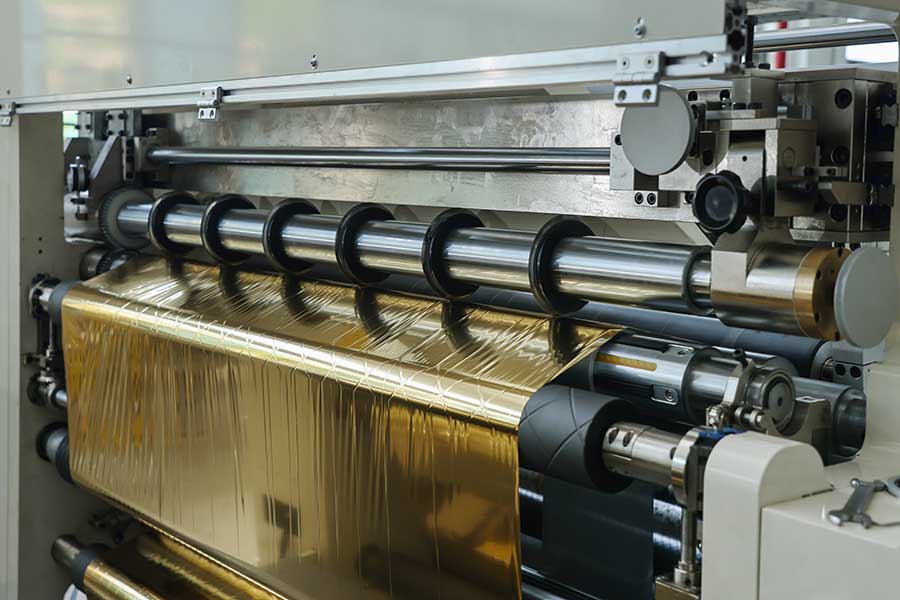 A complete guide to the purchase of hot stamping foil slitting machine: focus on five core issues
A complete guide to the purchase of hot stamping foil slitting machine: focus on five core issues From 1/1000th of an error to zero-defect operation: the precision design philosophy behind the reliability of hot stamping foil slitting machines
From 1/1000th of an error to zero-defect operation: the precision design philosophy behind the reliability of hot stamping foil slitting machines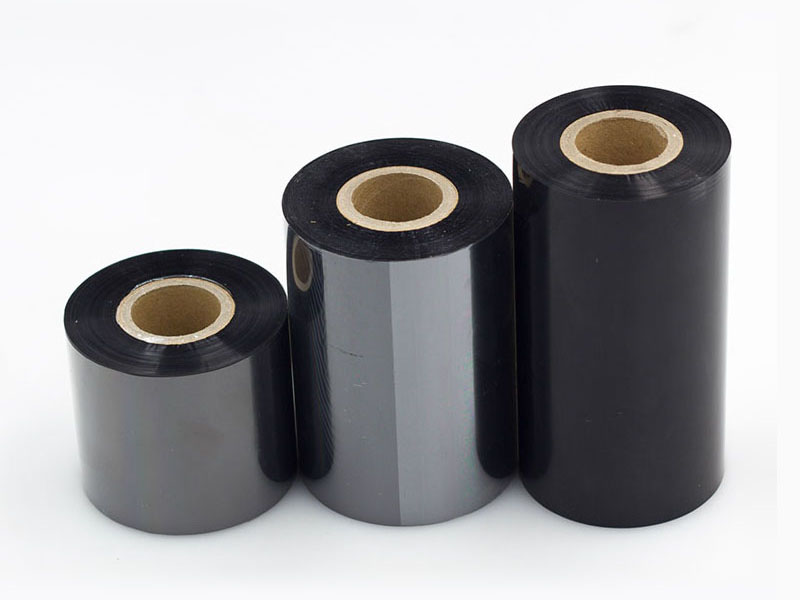 The Blade of Precision: How Ribbon Slitting Machines Become the Invisible Guardians of Print Quality
The Blade of Precision: How Ribbon Slitting Machines Become the Invisible Guardians of Print Quality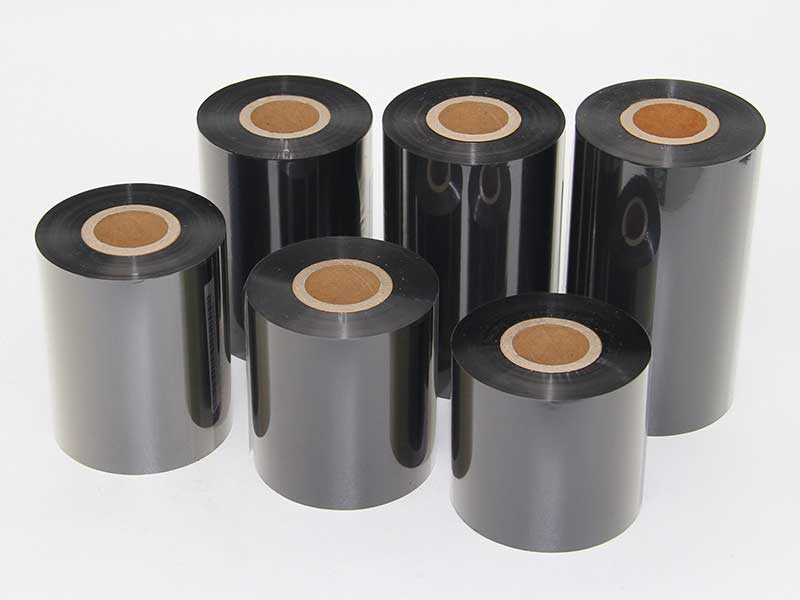 Beyond Slicing: The Evolution of Ribbon Slitting Machines in the Productivity Revolution
Beyond Slicing: The Evolution of Ribbon Slitting Machines in the Productivity Revolution